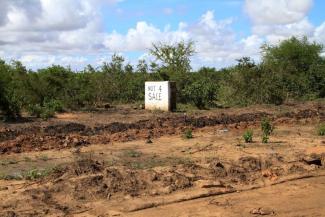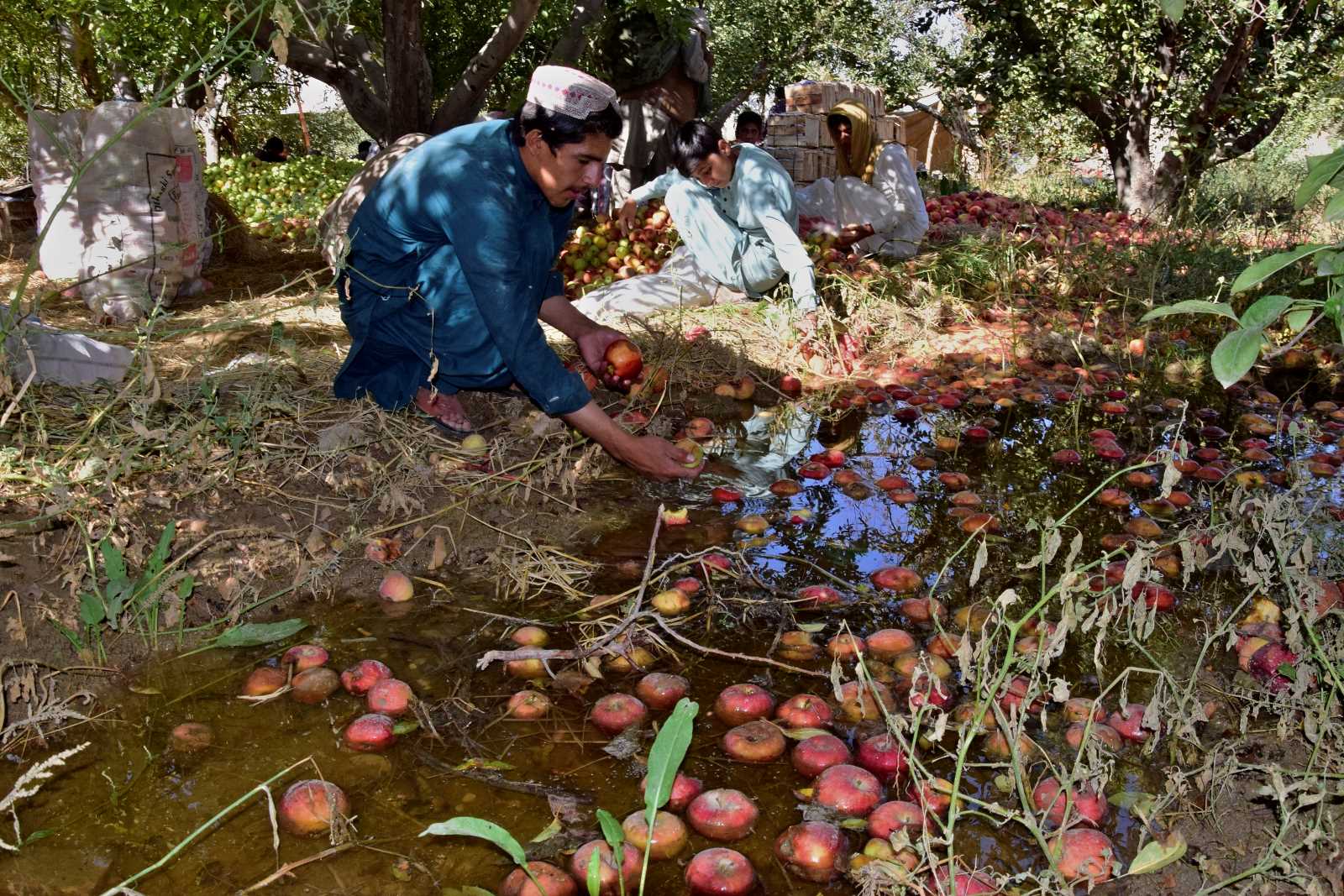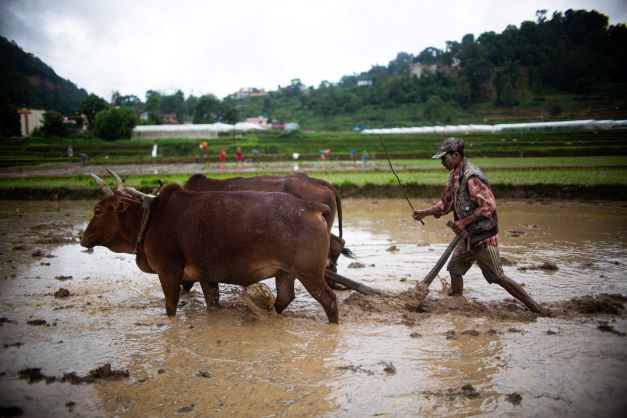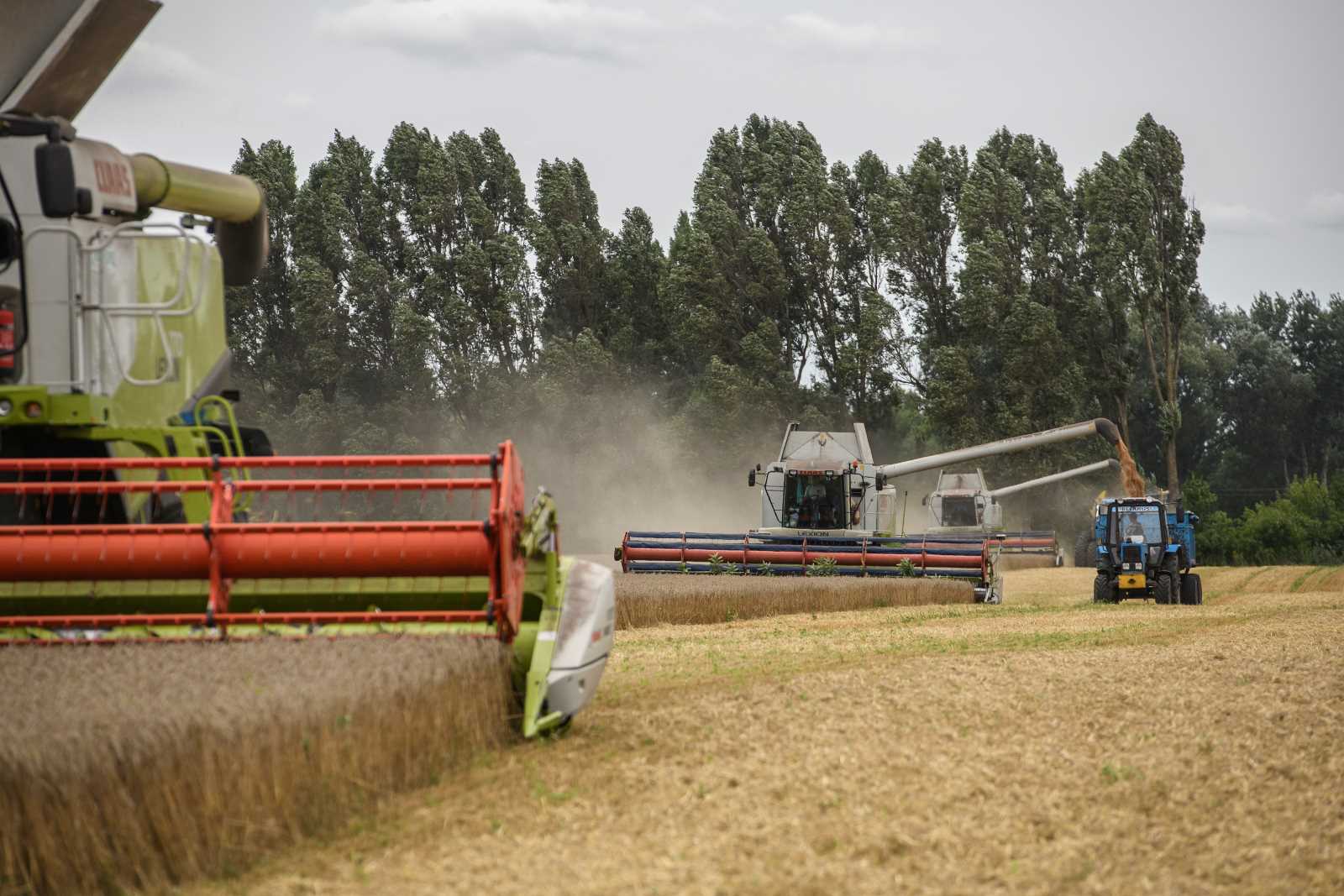Editorial
Of using and owning

Modern market economies need clear ownership rights, however, so people can calculate economic decisions precisely. Meanwhile, the world population is growing, resources are getting scarcer, and competition is becoming fiercer. Overuse and climate change are adding to the problems. Scarcity makes prices sky-rocket. Land speculation is a growing phenomenon in many parts of the world.
Urbanisation is accelerating, and cities engulf their fringe areas. As a result, those plots of land are not available for agriculture anymore. Prices rise, and people are displaced. The rural poor often end up in big cities’ slums – where they again live without secure tenure. As soon as the area becomes economically interesting, they are forced to leave again.
Conflicts over land have an existential significance. They touch questions of living and livelihood, of identity and sometimes even religion. Formal and traditional rights do not always match. This is particularly true in former colonies, where colonial structures exist alongside old traditions.
Of course, land is not the same everywhere. A plot in the centre of Tokyo is of different value and use than a piece of desert. For an oasis in that desert, the situation is completely different again. But wherever land is precious for people, be it fertile farmland or well-located building land, similar problems arise. All too often, women and minorities suffer discrimination.
Where formal land rights do not exist or are not enforced, might makes right. Powerful people simply stake their claims, privatising land by creating facts. Provincial leaders sell community land – or land with unclear ownership – to investors; municipal leaders “develop” areas with informal settings for shopping malls and office towers.
The huge development challenge has several dimensions:
- existing customary laws must be formally acknowledged,
- ways must be found to trade those usage rights in order to allow the most productive use of land possible, and
- marginalised groups, that are already disadvantaged in customary law, must not be marginalised further.
There is no blueprint that fits every country. In 2002, the UN Food and Agriculture Organization passed sensible voluntary guidelines on the matter. Good solutions must facilitate socially acceptable development in the long term. Land issues are conflict prone, however, because they affect the interests of influential political and economical elites. It is no coincidence that Germany’s Civil Peace Service, which promotes non-violent resolution of conflicts, is engaged in many issues relating to land rights (full disclosure: like D+C/E+Z, the Civil Peace Service is funded by Engagement Global on behalf of the Federal Ministry for Economic Cooperation and Development – BMZ).
Unfortunately, legal regulations concerning ownership, usage rights and transfer of land – by inheritance, for example – are not always fair. People deserve security however. Those who live in permanent fear of being evicted cannot build a secure existence. Hundreds of millions of people face this situation.
Katja Dombrowski is member of the editorial team of D+C Development and Cooperation / E+Z Entwicklung und Zusammenarbeit.
euz.editor@fs-medien.de












